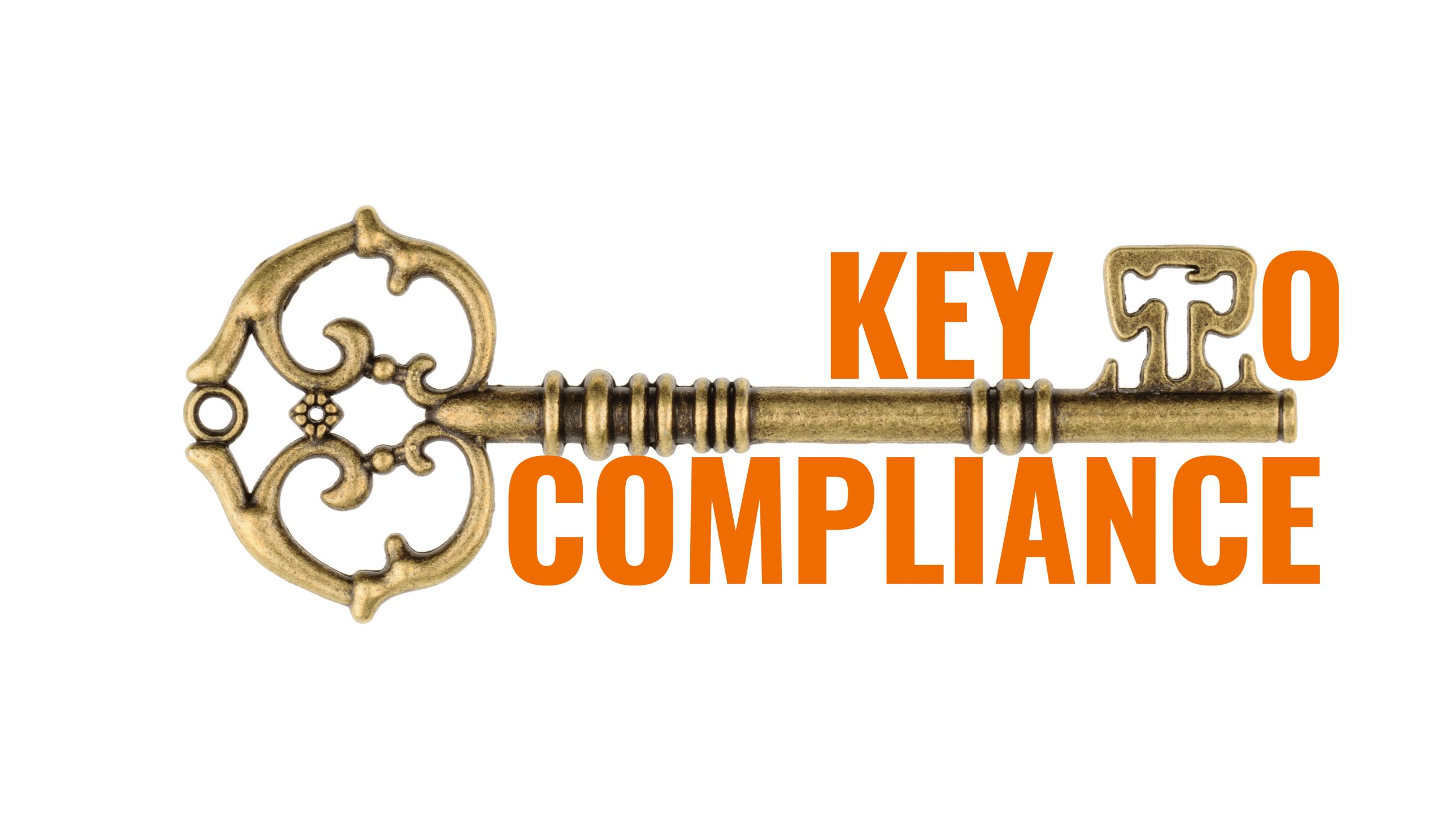In the European Banking Authority’s (EBA) new Guidelines on Internal Governance the aim is to enhance and consolidate supervisory expectations and improve the implementation of internal governance arrangements for individual institutions and the banking system as a whole
It has 6 key sections .
1 -Corporate Structure and Organization
The management body should ensure that there is a suitable and transparent corporate structure. It should access how the different structures complement and interact with each other . The operational structure is inline with approved business strategy. If they are operating in a special structure not falling under jurisdiction of international banking regulations, the management body should understand the particular risk associated with it.
2- Management Body
- it should have overall responsibility and it should be clear and written in documents which in turn should have been approved.
- management should conduct an annual review of the effectiveness of internal governance framework and implementation.
- management body should have written policy for managing conflicts
- members should be engaged actively in business of the institution and should be able to make their own sound,objective and independent decisions.
- management body should consider setting up various committee with members as part of the committee keeping in to account of the size and complexity of the institution ex- audit committee, remuneration,ethics and compliance committee.
3- Risk Management
- the institutions should create a integrated and institution wide risk culture based on full understanding of risks it faces and how they are managed taking account of the the risk tolerance.
- overall remuneration policy should be in line with its values, business strategy, and risk tolerance
- Regular and transparent reporting mechanisms should be established so that the management body is provided with reports in a timely, accurate, and meaningful manner
4- Internal Control
- An institution should maintain a strong and comprehensive internal control framework, including specific independent control functions with appropriate standing to fulfill their mission
- There should be a comprehensive Risk Control Function and a Chief Risk Officer to ensure that each key risk the institution faces is identified and properly managed by the relevant units and reports are submitted to the management body
5- Information systems and business continuity
- An institution should have effective and reliable information and communication systems covering all its significant activities
- These systems should be secure, independently monitored and supported by adequate contingency arrangements
- The institution should also establish a sound business continuity management
6- Transparency
- Internal governance strategy and policy should be communicated to all staff in the institution.
- The internal governance framework of an institution should be transparent and institution should present its current position and future prospects in a balanced, accurate and timely way
